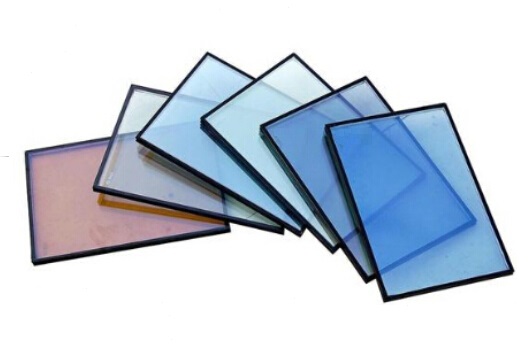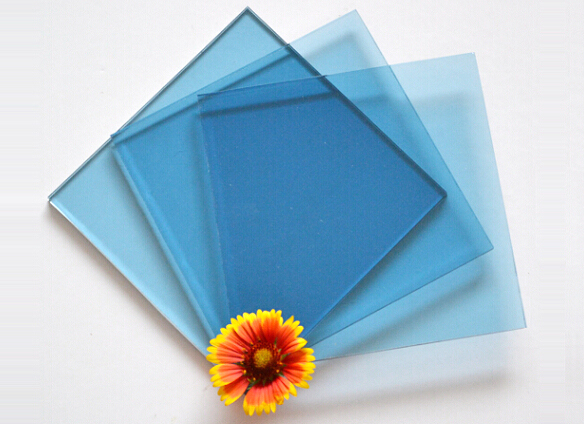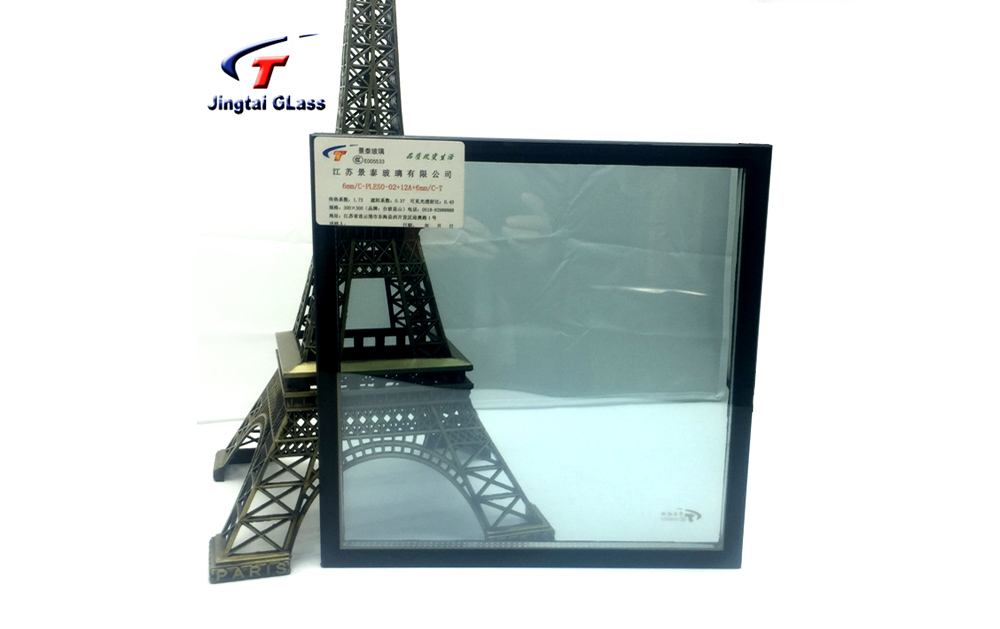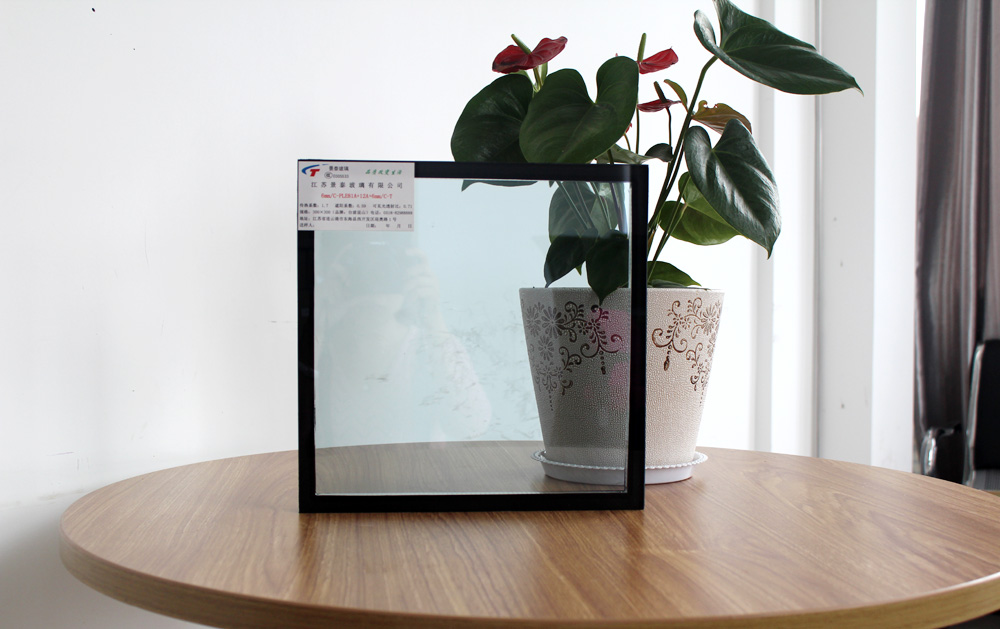Low-E Glass
"Low-E Glass" refers to a series of high-performance low-emissivity products. The vacuum sputtering process coats glass surfaces with several layers of different materials. Among these, a silver layer effectively reflects infrared rays while maintaining excellent thermal performance.
Types of Product
‧Single Low-E Glass (SLE)
‧Double Low-E Glass (DLE)
‧Low-E-Sun Layer Glass (LES)
‧Ti-based Low-E Glass (TLE)
Benefits
‧Approaches the natural color of glass.
‧Highly transparent to visible light (wavelength 380nm ~780nm), will not cause significant glare problems due to high reflectance of visible light.
‧Allows most sunlight in the visible range to enter without altering its natural color. Provides excellent natural illumination and saves energy by reducing the need for artificial lighting.
‧Relatively high reflectance of infrared radiation (wavelength 780nm~ 3,000nm). In particular, reflects nearly all long-wave infrared (wavelength over 3,000nm). Blocks the entrance of large amounts of heat, and leaves interior comfortably cool in the summer and warm in the winter.
Specification
‧Thickness:3 ~ 19mm
‧Max. size:3300mm x 6000mm
‧Min. size:300mm x 300mm
‧Low-E insulating glass max. size:3300mm x 4880mm
Notes on Design and Glazing
‧Low-E glass cannot be used as a single glazing and must be sealed or processed into insulating glass unit within a very short time as the metallic oxide coating is prone to undesirable reactions once exposed to air.
‧Emissivity of Low-E insulating glass is 0.02 ~ 0.11, while that of uncoated glass is 0.84.
‧ In tropical or subtropical areas, the Low-E coating should be positioned on #2 surface (facing inward from outside the building), while positioned on #3 surface in temperate areas.
‧To avoid deterioration and fogging of the glass due to water accumulation, the metal holding frames must be well drained.
‧Low-E glass designed for laminated glass unit will be under a greater U-value and poorer thermal insulating capability.
‧To identify the coating surface of Low-E glass, aside from looking for the mark, use a cigarette lighter to inspect the surface of the glass. Reflection of the flame on ordinary glass surface will be yellow, while pink or blue on Low-E glass surface.
- 上一篇:没有了;
- 下一篇:Laminated Glass




